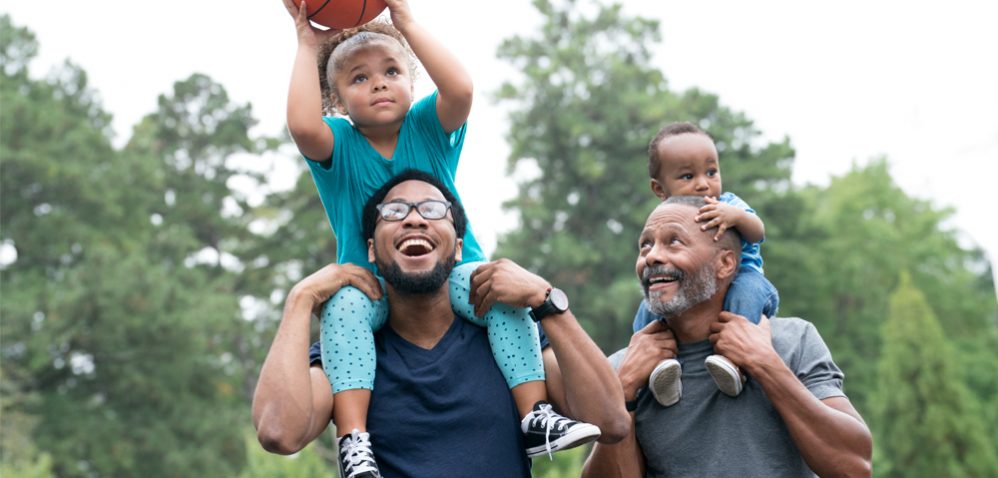Agenda CE Registration Location Exhibitors
Agenda
“I’m excited to speak at the TRIA Musculoskeletal Rehabilitation Conference on the early management of adolescent spondylolisthesis. Addressing this condition early is essential to promoting a pain-free and active future for our young patients.”
– Mitchell Selhorst, PT, DPT, PhD
Saturday, October 26, 2024
7:00am | Registration, Breakfast, Vendors
7:50am | Welcome
8:00am – 9:30am | Session 1 | Tendons
- Normal Tendon Response Throughout the Lifespan – Jill Cook, PT, PhD
- Orthobiologics
9:45am – 10:45am | Session 2 | Metabolics
- Management of Recurrent Pediatric Bone Stress Injuries – Lauren Yauch, DO
- Osteoarthritis: Is It Time for a Paradigm Shift? – David Poulter, PT
11:00am – 12:20pm | Session 3 | Spine
- Early Management of Adolescent Spondy – Mitchell Selhorst, PT, DPT, PhD
- Management of Spinal Stenosis – Kaitlin Schultz, PT, DPT, OCS
12:20pm – 1:05pm | Lunch
1:05pm – 2:15pm | Session 4 | Stability
- Biomechanical Validity of Clinical Tests for Shoulder Multidirectional Instability in Athletes – Justin Staker, PT, PhD
- Navigating Prenatal and Postpartum Instability – Andria Strawn, PT, DPT
- Total Joint Implant Stability – Arthur Only, MD
2:30pm – 3:35pm | Session 5 | Travis Orth Memorial Session | Return to Sport
- Return to Sport: Not the Science – Bradley Nelson, MD
- Spondy Return to Sport – Mitchell Selhorst, PT, DPT, PhD
3:35pm – 4:45pm | Session 6 | Return to Sport – Load Management
- Modern Management of the Older Adult – Ellen Csepe, PT, DPT, NCS
- Jump Around: Plyometrics to Return to Sport – Brian Ishola, DPT, SCS, CSCS
- Return to Pickleball – Trent Stensrud, PT, DPT, OCS, FAAOMPT
Q&A Sessions
There will be a live Q&A immediately following each session that includes all speakers from the current session.
Objectives
Following this event, attendees will be able to
- Identify internal and external factors that can influence a patient’s treatment
- Describe evidence based patient management for select musculoskeletal conditions
- Differentiate patient considerations in acute injury management, early versus late rehabilitation, and return to performance
- Discuss biomechanical and neuromuscular considerations throughout a patient’s rehabilitation journey
